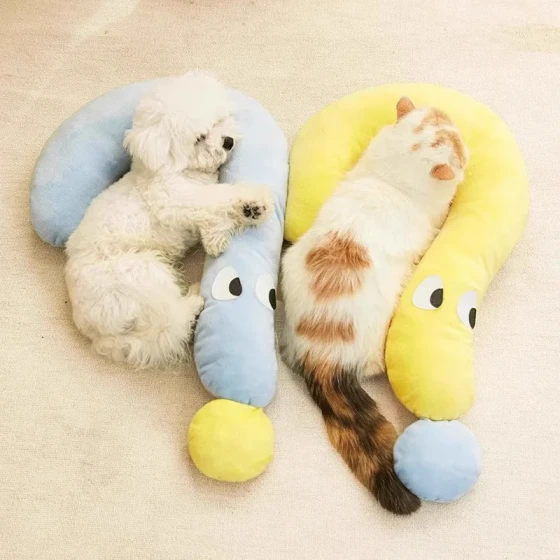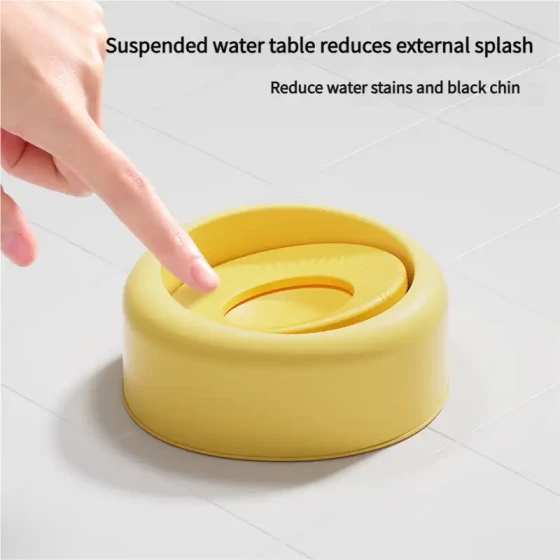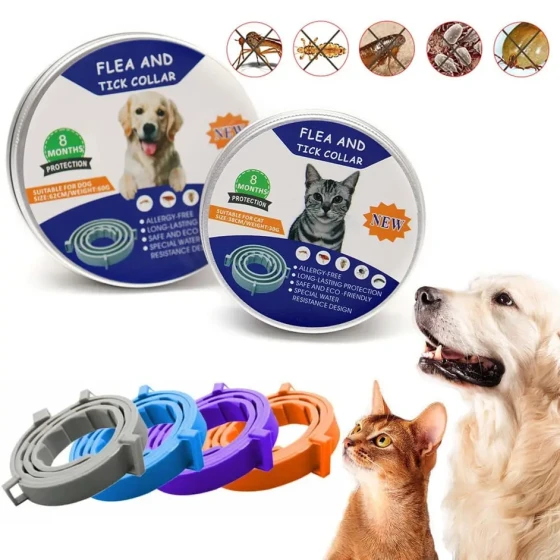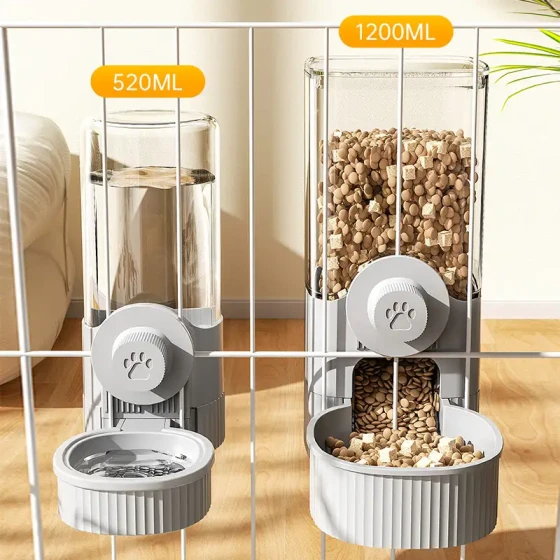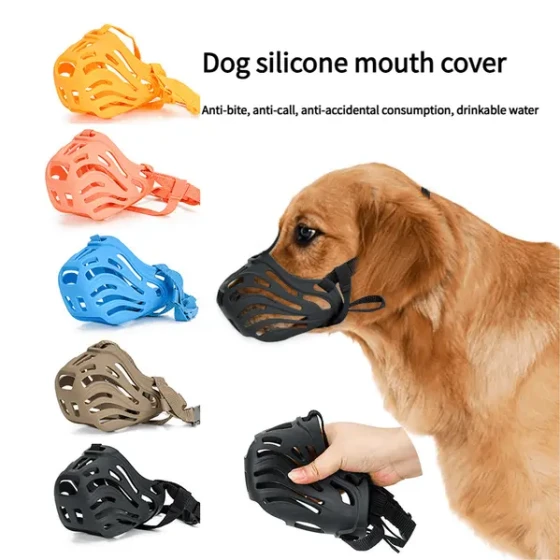Pet Encyclopedia: Unconventional Dog Training Methods
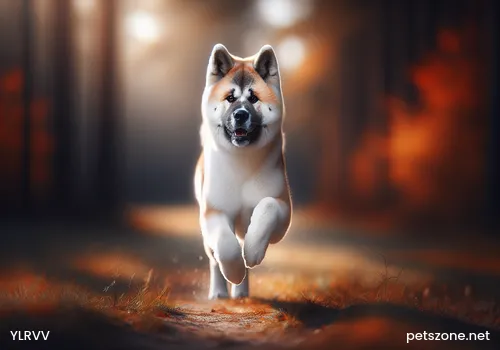
Unconventional Dog Training Methods
A. Walking Section
When raising a dog, taking the dog out for a walk every day seems to have become the "way of owning a dog." Therefore, when wanting to raise a dog, the owner must take the dog out for walks every morning and evening at fixed times. However, I wonder if everyone understands that taking the dog out for a walk at the same fixed times every day can actually make the dog become stubborn and difficult.
Dogs are very sensitive to time. If they are taken out every day at 6 a.m. and 5 p.m., after just one week, they will remember these times. Every time it approaches "walking time," the dog will already be ready to go out. If the owner happens to be busy, the dog naturally urges the owner, becoming restless and even continuously barking. In today’s apartment environment, to avoid neighbor complaints when dogs bark, the owner will take the dog out immediately as the dog demands. Over time, this "being forced by the dog to go out" behavior endangers the owner's leadership position. Therefore, the training focus is that walking times should not be too regular. Regardless of what time, walks must fit the owner's convenience, and sometimes, you can even "not go out for a walk today." As long as no fixed walking time is decided, the dog won't become restless or bark at specific times. "The weather is warm today, and I have free time. Walking alone is boring, so I'll take you along for a walk!" If the dog is trained with the correct attitude from a young age, taking dogs out for a walk will no longer be a daily troublesome routine.
Moreover, many owners think of walking and pooping as "paired tasks." Once this habit forms, if the dog doesn’t go out for a walk, it won’t poop or pee. To avoid urinating negatively impacting the dog’s health, the owner must take newspapers, plastic bags every day, regardless of wind or rain, and be led by the dog’s nose. However, requiring dogs to eliminate outdoors is not their natural habit, but an owner's "training" that causes dogs to urinate in the street freely. Therefore, from an early age, walking and eliminating should be separated. You can designate a home yard or certain spot as the dog's toilet, teaching the dog to only defecate and urinate when taken there. Then no matter the weather or storm, you won’t need to worry about your dog’s physiological needs!
Large dogs like Labradors and Golden Retrievers have become popular recently. Thus, the common scene often seen is: "a strong dog pulls hard forward, dragging its owner holding the leash struggling behind." This represents a power reversal. The dog goes wherever it wants, the owner chases after it, unable to control the dog's actions, which can cause problems. For example, barking angrily at other dogs, even rushing to fight causing bites (win or lose), or the owner being pulled and falling. As mentioned, dogs are social animals, and group activity helps hunting and survival. Walking with the owner is also a group activity. Even if not hunting, dogs get excited, especially if the walking route is fixed, developing a strong territorial sense of "this is my territory." When others intrude, the dog naturally takes an aggressive stance. Only when the owner holds the leadership position can the situation be kept under control. Therefore, owners must keep command, bringing dogs to places the owner wants to go, not letting the dog walk in front, preventing the dog from "walking the owner." Dog trainers often use "lead training." The key is never to meet the dog's gaze; ignore the dog completely and don’t speak to it. Do not pull the leash tight—keep some slack. When the dog walks ahead, immediately change direction in the opposite way. At the moment of direction change, the leash tightens, making the dog's neck uncomfortable, but since the eyes don’t meet, the dog doesn’t realize the owner is "playing tricks" and will obey the direction. When the dog walks ahead again, change direction repeatedly, according to the owner's preference. Training by different people continuously will bring better results.
When walking, dogs sometimes urinate on this tree, then on that utility pole (especially male dogs who appear unable to finish). This marking behavior will be very familiar. For dogs, this means declaring territory to other "dogs." This public announcement of territory is like humans handing out business cards. This behavior is caused by the dog's "dominance instinct." If the owner thinks "marking" is a dog’s nature and doesn’t stop it, allowing the dog to act freely, the dog’s dominance instinct will continuously expand. The dog's dominance instinct is inversely proportional to its obedience instinct. As dominance grows, obedience shrinks. "Obedience" does not mean blindly suppressing or abusing the dog. In fact, when a dog obeys its owner, it feels relaxed and can live each day peacefully without stress. Of course, the owner must first deeply love the dog, so the dog will respond obediently. When dominance grows, the dog’s nerves are in constant tension, causing stress, and disobedience leads to great trouble for the owner. For the dog’s training benefit, owners must maintain control during walks; don’t let dogs mark everywhere, which also keeps the environment clean.
If unfortunately, your dog insists on waking you up every day at fixed times or acts cute, biting the leash and wagging its tail begging, please firmly reject and ignore it. This will help you regain your authority and change the master-dog subordinate relationship.
B. Eating Rules Section
I believe the deeply rooted health education from childhood has instilled the concept: "Regular timing and amount of food maintain good health." The same principle should apply to dogs. Most owners feed their dogs at fixed times, usually before the family eats. On one hand, owners cannot bear to see their dogs hungry, and on the other, it avoids dog whining and allows the family to enjoy meals peacefully. But this may cause the dog to become "self-righteous."
Wild wolves (dogs) hunt collectively, and after catching prey, they behave as follows: the leader feasts first while the other dogs patiently wait nearby. It is never the case where they all eat together. Only after the leader permits do they approach the prey in order. This is how dogs hunt. So, your dog instinctively realizes that eating first represents recognition by others as "I am the leader, so I eat first." Over time, the dog becomes stubborn and disobedient. Therefore, correct this bad habit. At first, the dog may bark or follow the owner closely, but you must be firm and never give in. Dogs adapt quickly and will learn within a week that "I eat only after the whole family finishes." This makes the dog obedient and well-behaved.
Owners will find most dogs eat their meals in one gulp, almost without chewing, like vacuum cleaners. Often the feeding amount is increased due to this, causing many dogs to become balloon-shaped. Actually, this is the dog's natural eating habit. The phrase "wolf down food" perfectly describes this. Wild dogs, not knowing when the next meal will come, eat quickly and greedily. Looking at their teeth explains why: the molars are sharp with no grinding surface, unlike cows or horses. Sharp teeth help tear food to swallow. How much to feed is normal? If feeding dry dog food, the packaging clearly indicates recommended amounts. Another method is evaluating the dog’s shape: maintain a waistline, with spine not too prominent, ribs visible when breathing—that’s a good shape. Don’t let others mistake your dog for a mini pig—it’s embarrassing!
What kind of food is better for dogs? In the agricultural era, most dogs ate household leftovers—whatever was left. Sometimes it was laughable. Modern family life is busy, with little cooking at home. At this time, dry dog food is a good choice, especially since it does not cause residual food on teeth like wet canned food, reducing plaque and tartar. Many owners worry dry food lacks nutrition, but dry food compositions are meticulously calculated with balanced proteins, minerals (calcium), carbohydrates, fats, vitamins, etc. Also, different formulas suit different growth stages: puppies, adults, seniors, and even functional prescription diets for skin diseases or gastrointestinal issues. Choosing appropriate dog food ensures no health problems caused by diet. Which brand is better? Owners must compare themselves. Price is not the only factor; observe if changing food causes increased or smelly stools. If yes, the quality is poor with many indigestible impurities, causing loose, foul stools, rough coat, and weight loss. When changing brands, do it gradually over a week to avoid digestive upset and diarrhea.
One last feeding concern is how many meals a day are best? As a veterinarian, I always recommend regular timing and portions. Dogs under six months—like human infants and adolescents—have immature digestion and high nutrient needs. I advise three meals a day, which trainers agree with. For adult dogs, considering the "biological clock," if a dog misses a meal, stomach acid continues to secrete, leading to gastric ulcers and gastrointestinal diseases over time. So, I recommend two fixed meals a day. However, trainers believe one meal a day is enough. They argue dogs and humans have fundamental physiological differences. Wild dogs can go three days to a week between proper meals yet remain energetic. Thus, feeding a pet dog its daily requirement in one meal won’t starve it. Trainers even offer several interesting points supporting one meal a day, to help loving owners accept this method.
First, if two meals are given daily, dogs can become "bossy and stubborn." "If I don’t eat in the morning, I can still eat at night." But with one meal a day, if the dog doesn’t eat, there is no backup food, so it learns to eat properly. When food is presented, if it gobbles it hungrily, feeding becomes easier.
Second, bowel movements. Eating causes defecation. Feeding twice daily means managing two bowel movements. One meal a day simplifies this and makes management easier. Does it make sense? I think if your dog won’t faint from hunger or vomit bile, you can try it.
Also, similar to irregular walking times, trainers recommend owners "intelligently disrupt meal times." This helps the owner's leadership. The dog learns that the owner bringing out food means mealtime, and won't whine at fixed times. Even if some days have no food, the dog can endure. If often traveling, the dog won’t fuss over missed meals, preserving the outing fun.
Trainers also teach the "one-bite feeding method" to train obedience. The trick is to use empty dishes with only one bite of food. Put the dog on a leash. When the dog tries to eat, silently tighten the leash. When it waits, say "wait," count a few seconds, then say "okay," relaxing the leash so the dog can eat. Repeat this until a full meal is given. This lets the dog realize the owner feeds it and it must obey its food source.
C. Toilet Training
Toilet training is also an important topic for owners. Especially indoors, if no proper toilet training is done, dogs will urinate and defecate everywhere, causing headaches. Some think placing urine-smelling marks in the toilet will make the dog use the spot. There are even "guiding liquids" with ammonia smell sold. But in fact, this method almost always fails because dogs dislike urinating in places that already smell of their urine. Even if the urine odor on newspaper or toilet paper has dried, leaving only a faint smell, the dog's sharp nose detects it and thinks "this place is dirty," so urinates elsewhere. So how to train toilets? The secret is dogs’ habits.
Wild dogs, after birth in dens, have newborn pups unable to urinate or defecate by themselves. The mother licks their groin to stimulate defecation and peeing. She also cleans their excrement to avoid dirtying the den. Leftover urine and feces smell attract predators. Thus, when pups learn to relieve themselves, they defecate far from the den. This is the basic habit of dogs.
From this, toilet spots should be located as far as possible from the dog den. "But home dogs don’t have dens?" Some may ask. Nowadays many keep dogs on balconies, yards, or indoors, allowing free movement in space. Rarely does anyone build a proper doghouse for the dog to rest peacefully inside. Those who watch Western movies or cartoons know about doghouses. A doghouse inside the home replaces a den. Presence or absence of a doghouse greatly affects toilet training. Assign a doghouse, then set the toilet a little distance from the doghouse. When the dog leaves the doghouse, first take it to the toilet to relieve itself. At first, even if you say "hurry and pee!" the dog may not go. So you can surround the toilet with wire fencing and keep the dog confined there until it finishes. Otherwise, keep it free indoors but lock it in the doghouse when the owner leaves or at night. Once leaving the doghouse, take it to toilet immediately. Through steady practice, the dog will develop conditioned reflex: just take it to toilet, it will pee and poop immediately. When this succeeds, no wire fence is needed anymore. As mentioned before, using toilet spots with no dog urine smell is ineffective. Therefore, clean and replace dry newspapers or mats immediately after the dog eliminates. This is correct toilet training. I believe you understand: the key is to separate doghouse and toilet. Taking dogs directly to the toilet after leaving the doghouse creates discipline. Trainers believe 100% of failed toilet training is because dogs are allowed free roaming indoors. This causes lack of personal space. Some think free indoor roaming reduces stress, but actually the opposite: without secure resting places, dogs suffer great mental stress. To the dog, the whole room is its territory, and it must vigilantly guard and defend it, or the territory will be invaded. Thus, when strangers arrive at home, like mail carriers, gas deliverers, or newspaper hawkers, dogs bark wildly or even attack. If provided a secure doghouse from puppyhood, dogs can remain indifferent even when doorbells ring or thunder sounds.
Some think when dogs defecate or urinate anywhere, they must be punished immediately, forcing them to smell it and reprimanding them to learn not to eliminate indoors. This is a grave mistake. Although dogs suffer punishment, they do not understand human reasons and cannot reflect on their behavior. Dogs think "If I pee, I'll be punished, so I must hold it." Forcing dogs to smell their urine may temper temporarily but only because the dog is scared and holds in. After a while, it'll defecate and urinate indoors again. The correct method is to immediately take the dog to another room while silently cleaning up the urine and removing odor. Most house soiling failures arise from dogs' free movement indoors and lack of doghouse. Finding the true cause is the fundamental solution. (Source: PetsZone)

